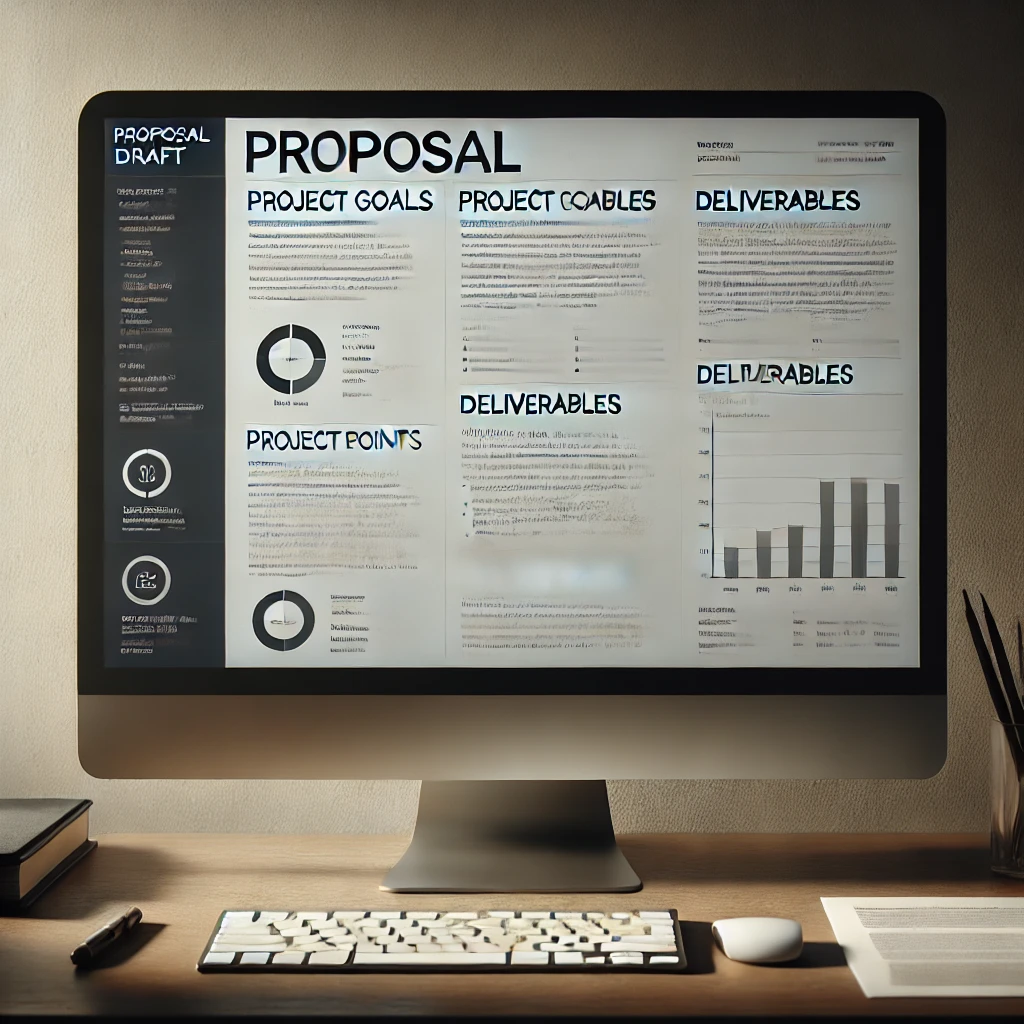Freelancing successfully hinges on one key factor: clearly understanding the job postings and client requirements. As a freelancer, deciphering what clients are truly looking for can make or break your chances of landing the right project. Job postings often contain crucial details that can help you align your proposal, skills, and expectations. In this guide, we’ll explore how to effectively analyze job postings and ensure that you meet the client’s needs.
The Anatomy of a Job Posting
Most job postings follow a general structure that includes sections like job title, description, required skills, deliverables, budget, and deadlines. Breaking down each part is vital to fully understand what the client expects.
Job Title and Summary:
The title may seem straightforward, but pay close attention to the specific wording. It will tell you a lot about the client’s needs. For example, a post titled “Graphic Designer for Social Media Campaign” is more specific than “Freelance Graphic Designer.” It immediately signals that the focus is social media, and you’ll need relevant experience.
Job Description:
This is where clients outline what they need in more detail. Look out for action words like “design,” “write,” “manage,” or “analyze.” These verbs tell you what the client expects you to do. Here’s a quote to keep in mind:
“A well-written job description is not just a list of tasks but a blueprint for success. Take the time to understand it thoroughly, as it sets the stage for a great working relationship.”
Understanding the client’s project goals and expectations can also help you determine whether the job is a good fit for your skills.
Image placement suggestion: Insert an image here showing a detailed job description with highlighted key sections like “Skills” and “Requirements.” It should visually break down the anatomy of a job posting.
Decoding Client Requirements
Clients often list specific qualifications or experience levels, and this section can be intimidating if you feel underqualified. Don’t let that discourage you! Instead, focus on areas where you meet or exceed their expectations. Ask yourself:
- Do I have relevant examples of past work?
- Can I deliver within their timeline?
- Do I possess the key skills they are asking for?
These requirements aren’t always rigid. If you lack experience in one area but excel in another, be transparent in your proposal. You can often make up for gaps by showing strong examples of work that demonstrates your value.
For a deeper understanding of how to present your skills clearly, refer to our article on How to Clearly Define the Services You Offer.
Clarifying Ambiguities
Sometimes job postings are vague. If you come across unclear requirements, it’s crucial to clarify with the client before submitting a proposal. This ensures you don’t waste your time applying for jobs that don’t align with your expertise or the client’s expectations.
Before jumping into a project, refer to How to Clarify Project Requirements to ensure you’re on the same page with your client. Clarification early on will save both you and the client a lot of headaches down the road.

How to Stand Out with Your Proposal
Once you’ve fully understood the job posting, it’s time to craft a proposal that resonates with the client. Tailor your response to their specific needs. Address the key skills they’re asking for, show how you’ve done similar work, and explain how you plan to execute the project.
Here are three things to remember when writing a proposal:
- Be specific. Refer to points in the job description and explain how you will meet or exceed those expectations.
- Keep it professional. Avoid generic templates; clients can tell when a proposal is impersonal.
- Include relevant samples. Highlight past work that directly applies to their needs.
For more detailed insights, you can check out this post Crafting Freelance Proposals That Get Noticed. This guide will help you perfect your pitch and win more projects.

Final Thoughts
Understanding job postings and client requirements is an essential skill for freelancers. It allows you to find the right opportunities, present your skills effectively, and communicate clearly with potential clients. By breaking down job descriptions, clarifying requirements, and crafting targeted proposals, you increase your chances of securing high-quality projects.
The next time you’re sifting through freelance job boards, take the time to thoroughly analyze the postings and see how you can match your skills with the client’s needs. This attention to detail can set you apart from other freelancers and put you on the path to consistent project success.









